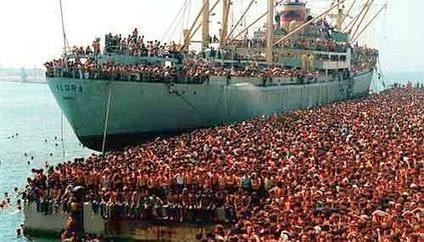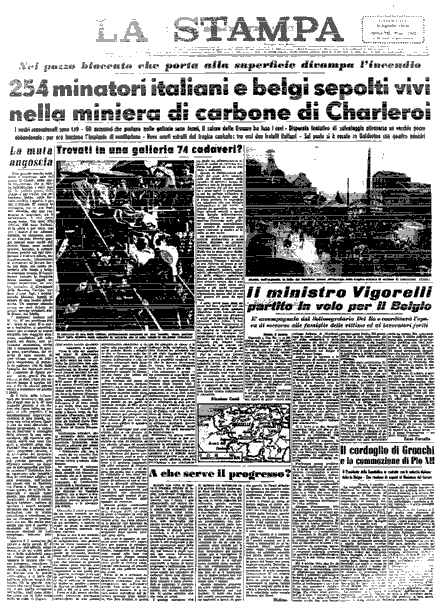Research project
IIMIGRATI: Ireland and Italy’s migration experiences since 1945 compared
How has migration affected Irish and Italy society since 1945?
- Duration
- 2014 - 2015
- Funding
-
 Marie Curie funding from the European Commission (FP7)
Marie Curie funding from the European Commission (FP7)

Between 1945 and the early 1960s, roughly 10% of the Italian and 16% of the Irish populations emigrated. Today, as a result of extensive recent migration into Italy and Ireland, 12% of the Irish population, and 8% of the Italian population are defined as immigrants. With young people from Ireland and Italy once again departing because of reduced opportunities at home, and with immigrants still arriving in search of a better life, this comparative project will provide a timely indicator of how emigration and immigration have shaped the two societies since 1945.
Emigrant house, Ireland (David Creedon ©)
Despite the post-war exodus of approximately one million Irish and eight million Italians, the literature has yet to fully examine the enormous impact that emigration had on Irish and Italian society and on the people who left. Both Ireland and Italy’s migration experiences have been studied predominantly in the singular rather than the plural. Unravelling common and divergent processes that occurred can often be more enlightening than solely describing specific events in one country. As the well-known migration scholars Brettell and Hollifield have remarked, comparative works have been used to put forward some of the most ‘important and pathbreaking work on migration’ so far produced. This study aims to continue this trend by utilising the tools of comparative history to highlight national differences between the two countries and identify clear international migration trends. It also adopts a transnational perspective at times to trace the connections that often endured between communities despite significant movement across borders.

Arrival of the Vlora in August 1991 in Bari, containing thousands of Albanian migrants.
Not enough attention has been devoted to investigating how Ireland and Italy have adapted to their transitions from near homogenous to heterogeneous societies in more recent decades. This study examines Ireland and Italy’s contemporary history of immigration through the lenses of their emigrant pasts. It uses memory as a tool to tie Ireland and Italy’s emigrant experiences together with their immigrant experiences and also investigates whether migration history can inform contemporary incorporation policies. Migration is a subject that transcends various national and epistemic boundaries. This study is similarly much more than a historical study of migration: its methodology draws upon approaches to the study of migration developed across a range of academic disciplines including political science, sociology, cultural studies and law.

La Stampa front page after the Marcinelle mining disaster in 1956 in Belgium. 136 Italian miners lost their lives in the tragedy.
